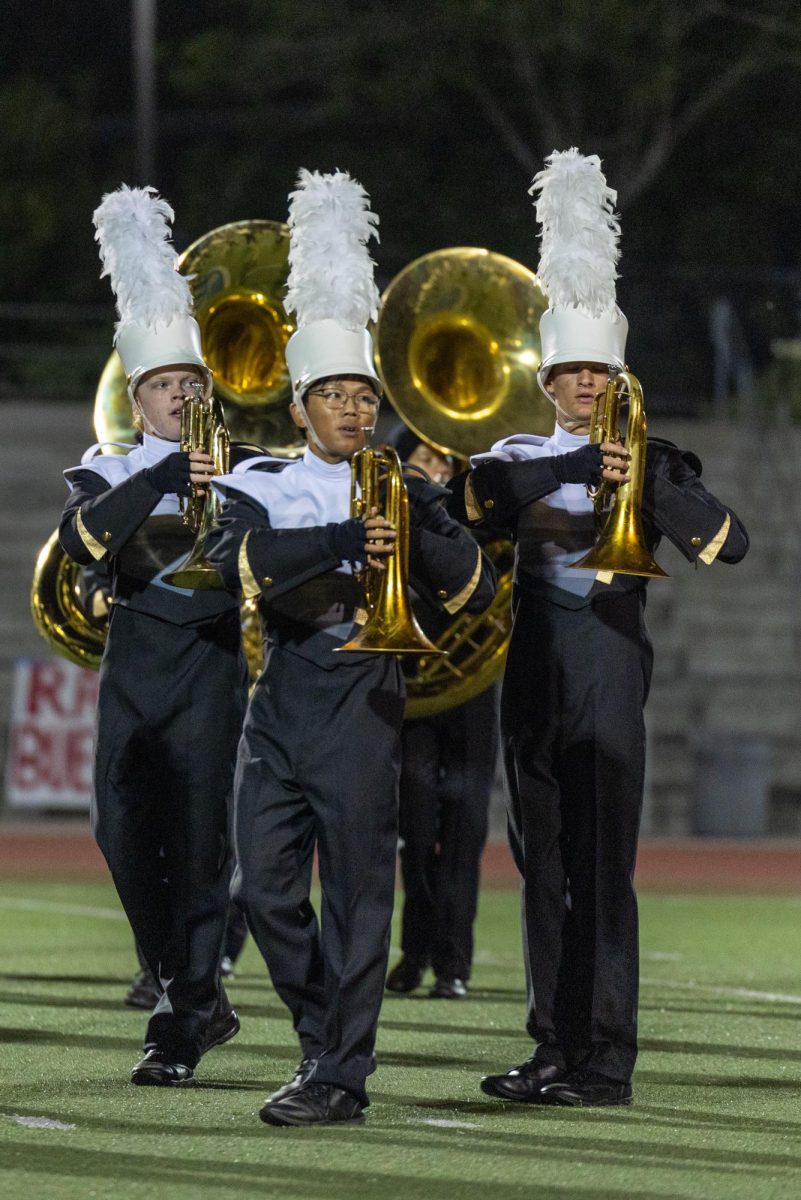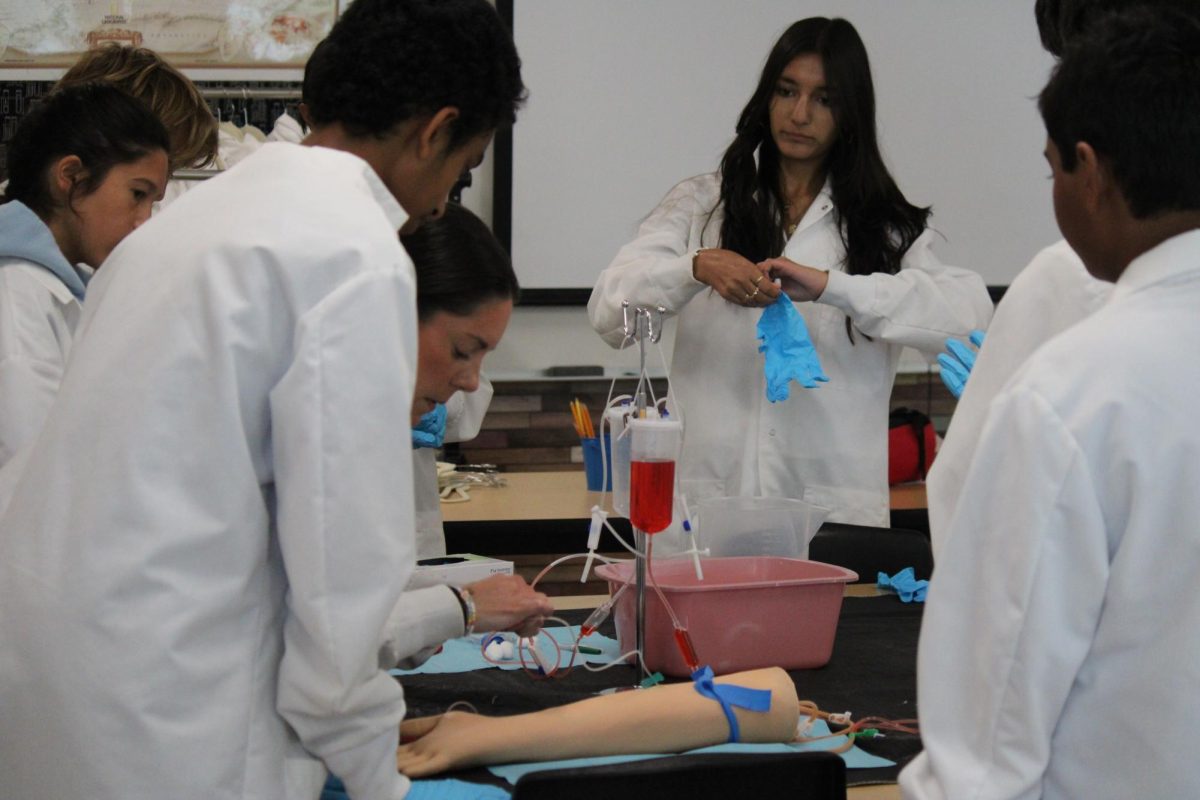Poway Virtual Courses (PVC) will face a reduction in available spaces for students in the 2024-2025 school year.
As school districts in California encounter budget shortfalls, the Poway Unified School District (PUSD) will reduce its budget by $15 million in the upcoming academic year, and an additional $10 million the following year. In response to this fiscal challenge, the decision to scale back PVC emerged as a component of the district’s budget solution.
PVC are taught by teachers across the school district and offers students the ability to take courses, such as integrated math and history, online. However, with the district-wide budget cuts, PVC will now only be taught by teachers at Poway-to-Palomar Middle College, resulting in 15 canceled classes and reduced class space available for students.
Counselor Alisa Berner said that 199 Westview students requested at least one seat in a PVC for the upcoming school year, and only 70 students got into a class. Students who were unable to obtain a spot in these courses had to find alternatives for their schedule.
The process of deciding which students received a seat, as said by Assistant Principal Teri Heard, depended on the availability of the student’s class schedule.
“If the student had room in their schedule, then we put them in [an in-person] class, and if the student had no room in their schedule, then they have the priority for online,” Heard said. “It’s really about getting in the classes that they need.”
School administrators noticed the demand for online courses, so the school is offering its own online class next school year for Civics and Economics independent of PVC to meet student needs. Lana Pham-Nguyen (11) said she was grateful that the school has provided this option.
“I had planned to take Civics and Economics online so that I could fit an off-roll in for a potential community college class at Palomar,” Pham-Nguyen said. “When I learned I had to try and fit it into my schedule, I honestly was super-frustrated. I was able to go back to the counselors and found out they had somehow been able to get Civics and Economics back online. I was so relieved and really grateful that the class was still available.”
For other students, the reduction of PVC has caused a notable change to their schedules. Student-athlete Chaewon Chon (10) said she hoped to enroll in online U.S. History but was unable to receive a spot. Chon said that taking online courses would allow her to have an off-roll to balance her school work and golf.
“This year, I took online World [History] and it was a great choice for me because I could work on those assignments during my off-roll on days without matches,” Chon said. “I think that I will definitely be struggling more next year and will have to spend more hours at home doing my homework and classwork.”
Carly Isleta (10) said that the change in PVC has interfered with her plans of satisfying the State Seal of Biliteracy requirements after having to drop Spanish 7-8 to take U.S. History in person.
“I had to re-evaluate the plan I had for junior year and ultimately remove a class, which was a difficult process since I wanted to do all the classes I had planned out,” Isleta said. “I’m not really satisfied with this change nor with how my schedule looks now, as it messes up my plans to get my biliteracy seal in the long run. I was looking forward to challenging myself by pursuing [Spanish] 7-8, but this cut forces me to take a class that I’m not as passionate about.”
Heard said that the administrators are aware of the importance of having virtual courses available and hope that schools can find methods to address the limited PVC space in the future.
“It will be interesting to see whether schools come up with their own solutions,” Heard said. “Will we turn to more online ourselves, or will the district increase the online through the Poway Virtual Courses? It will all be related to budget. I don’t anticipate a diminishing need for students to take an online class here or there. They might turn more to community college and do it somewhere else. But the need is going to be there. [The question is] how we serve that need.”





![Jolie Baylon (12), Stella Phelan (12), Danica Reed (11), and Julianne Diaz (11) [left to right] stunt with clinic participants at halftime, Sept. 5. Sixty elementary- and middle-schoolers performed.](https://wvnexus.org/wp-content/uploads/2025/09/IMG_1948-800x1200.png)